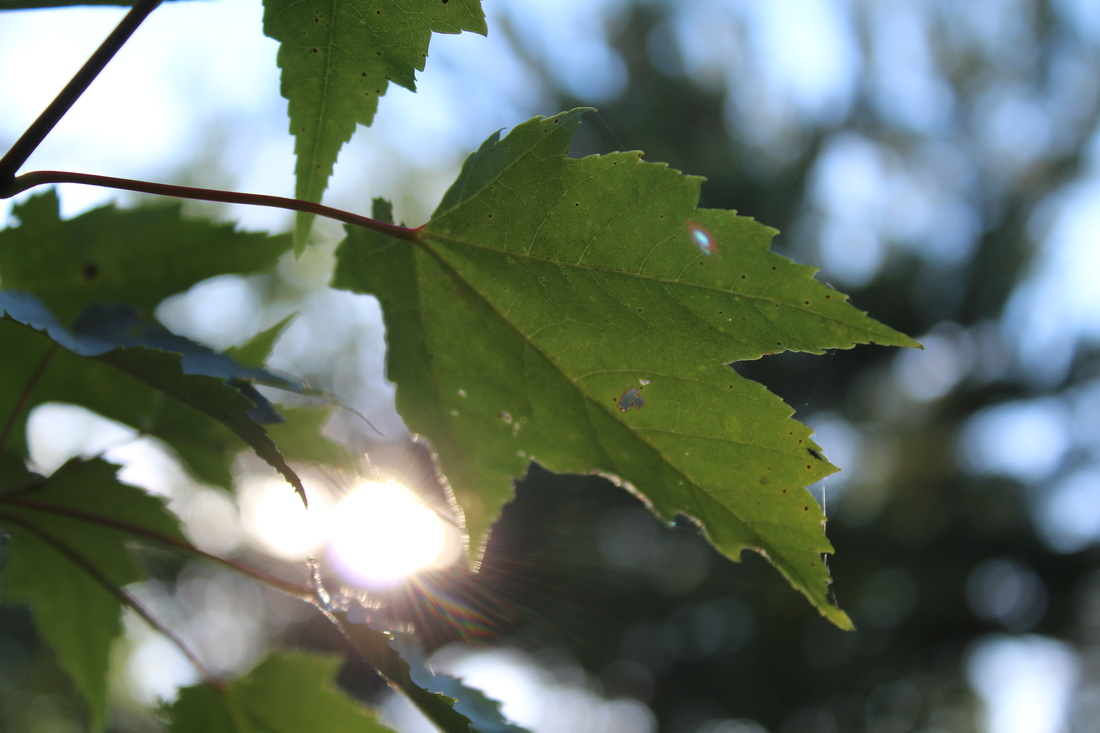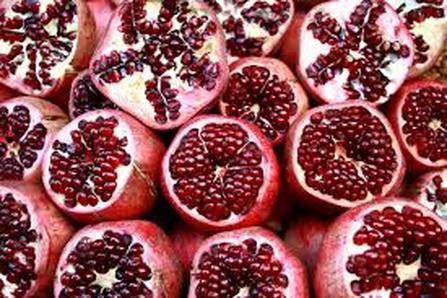Number 1 on the list;
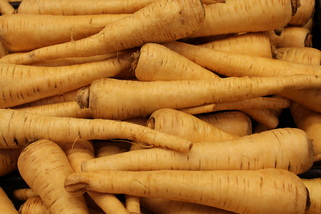
One of my favourites; though these veggies may resemble carrots, they have a lighter colour and sweeter, almost nutty flavor. Use them to flavor rice and potatoes or puree them into soups and sauces. Health benefits include:
~Rich in potassium
~Good source of fibre
Try roasting them in the oven with carrots, olive oil, and dill, paired with wild rice and cashews, this makes a sweet, savoury, earthy dish that is perfectly suited to crisper nights. I just pulled a few last night and roasted them with beets, carrots, cabbage, and sweet potato, it was delicious!
Harvest season: October–April
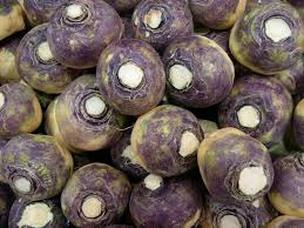
A cross between a turnip and a cabbage, rutabagas are a popular Nordic dishes. To utilize their earthy flavor, add them to casseroles or soups, puree them with turnips and carrots to make a mash, or roast them with ginger, honey, or lemon. Health benefits include:
~Good source of fibre
~Good source of vitamin C
Harvest season: October–April
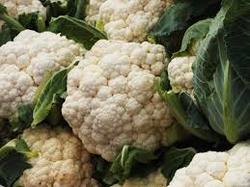
The sweet, slightly nutty flavor of cauliflower is perfect for winter side dishes. It's wonderful steamed, but it can also be blended to create a mashed potato-like texture or pureed into soup. Health benefits include:
~Compounds that may help to prevent cancer. As an excellent source of vitamin C, good source of manganese, cauliflower provides us with two core conventional antioxidants. But its antioxidant support extends far beyond the conventional nutrients into the realm of phytonutrients. Beta-carotene, beta-cryptoxanthin, caffeic acid, cinnamic acid, ferulic acid, quercetin, rutin, and kaempferol are among cauliflower's key antioxidant phytonutrients. This broad spectrum of antioxidant support helps lower the risk of oxidative stress to our bodies and in our cells. Chronic oxidative stress,meaning chronic presence over overly reactive oxygen-containing molecules and cumulative damage to our cells by these molecules, is a risk factor for development of most cancer types. By providing ourselves with such a great array of antioxidant nutrients, cauliflower helps lower our cancer risk by helping us avoid chronic, unwanted oxidative stress.
~Phytonutrients may lower cholesterol
~Excellent source of vitamin C
Steam and crumble a head of cauliflower and use it instead of pasta under your favourite sauce.
Harvest season: September–June
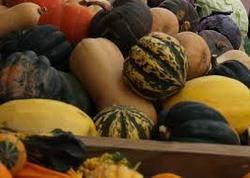
Unlike summer squash, winter squash has a fine texture and a slightly sweet flavor. Because of its thick skin, it can be stored for months. It tastes best with other fall flavourings, like cinnamon and ginger. Health benefits include:
~Contains omega-3 fatty acids
~Excellent source of vitamin A
Stuff acorn squash with cooked quinoa, greens and organic corn, the rich full earthy flavour pairs well with sweet corn.
Harvest season: October–February
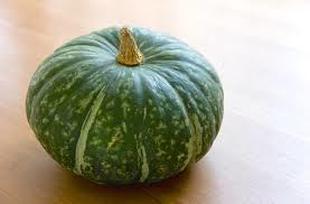
A type of winter squash, pumpkin can be used for much more than jack-o'-lanterns at halloween. Its sweet taste and rich texture make it ideal for pies, cakes, and even pudding! Health benefits include:
~Rich in potassium
~More than 20% of your DRI of fibre
~Good source of B vitamins
One of my favourites to add to a spicy Thai soup!
Harvest season: October–February
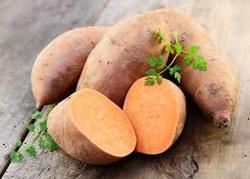
These tubers are for much more than Thanksgiving casseroles. More nutritionally dense than their white-potato counterparts, try roasting them—they'll taste delicious, and you may maintain more vitamins than boiling. Health benefits include:
~Excellent source of vitamin A
~Good source of iron
~Anti-inflammatory benefits
Try sweet potato wedges roasted in the oven instead of potatoes, topped with a sprinkle of apple cider vinegar and a pinch of sea salt... yummm!
Harvest season: September–December
Brussel Sprouts
Made the correct way, these veggies taste divine. They have a mild, somewhat bitter taste, so combine them with tangy or savoury sauces, like balsamic vinegar or coconut oil and a pinch of sea salt. Health benefits include:
~1/2 cup contains more than your DRI of vitamin K
~Very good source of folate
~Good source of iron
Try these sauteed with garlic and pine nuts, drizzled with a honey balsamic, mmmm...
Harvest season: September–March
Turnips
Mild and tender, these root vegetables are a great alternative to radishes and cabbage. To flavor these veggies, use some Herbamare, or Turmeric and sea salt . Turnip leaves, which taste like mustard leaves, are easy to cook and dense in nutrients. Health benefits include:
~The roots are a good source of vitamin C
~Turnip leaves are an excellent source of vitamins A, K, and folate
Through them in stews or stir fries, try something new.
Harvest season: September–April
This slightly sour fruit has gotten a lot of press as an powerhouse antioxidant. The juice provides a tangy base for marinades, and the seeds can be tossed into salads to amp up the flavor. Health benefits include:
~Good source of vitamin C and folate
~ A published study through NCBI concludes pomegranate juice has higher antioxidant levels than red wine.
Harvest season: August–December
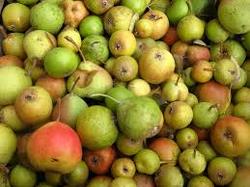
The sweet and juicy taste makes this fruit a sweet tooth’s friend. Cooking can really bring out their fabulous flavor, so try them baked or poached possibly topped with a sprinkle of cinnamon. Health benefits include:
~Good source of vitamin C and copper
~4 grams of fibre per serving
~They have an excellent ability to alkalize the body, among some of the other fruits on the list it leaves an alkaline residue, offsetting a lot of what most of us eat becoming acidic in the systems.
Pair pears with oats, honey, coconut oil, and cinnamon to make a mouth watering pear cobbler.
Harvest season: August–February
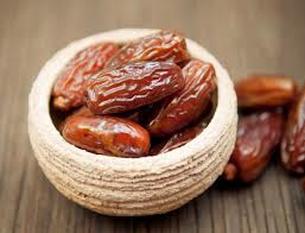
This Middle Eastern favourite is a sweet fruit that is perfect in baking instead of sugar, chopped up in desserts, or stuffed with cashew cheese or almonds. Health benefits include:
~Low in fat
~Good source of fibre
~Good source of potassium
~Highly alkalizing
Harvest season: September–December
Kiwi
Use this sweet fruit to add a tropical flavor to your recipes. It's great mixed with strawberries, cantaloupe, or oranges and can be combined with pineapple to make a tangy chutney. Health benefits include:
~More vitamin C than an orange
~Good source of potassium and copper
try them to top off your oatmeal in the morning, or with a creamy cashew pudding for dessert!
Harvest season: September–March
Grapefruit
The signature tartness of grapefruit provides a contrast to other citrus fruit. Add it to mixed greens, combine it with avocado and shrimp, or enjoy a fresh glass of its antioxidant-rich juice. Health benefits include:
~More than 75% of your daily recommended intake (DRI) of vitamin C
~Good source of lycopene, an antioxidant which appears to prevent the formation of harmful by-products of metabolism called free radicals.
~Contains pectin, which has been shown to lower cholesterol
Harvest season: September–April

The small and sweet citrus fruits are perfectly refreshing for fall recipes. Favourite flavor combos include almonds, dates, and honey. Juice them with oil, vinegar, and ginger for a to-die-for dressing. Health benefits include:
~Good source of vitamin C
~Good source of beta-carotene
Try tossing wedges on a spinach salad, with walnuts and cranberries and see who doesn't want more salad!
Harvest season: November–April
Apples
Sweet or tart, apples are satisfying eaten raw or baked into a delicious dish. Just be sure to eat the skin—it contains hearty-healthy flavonoids. Health benefits include:
~Full of antioxidants
~4 grams of dietary fibre per serving
Harvest season: August-November
Pick one, or try them all, enjoy simple, real food. Cozy-up for the long haul of colder months and enjoy every minute you can of those fleeting, deliciously warm fall days....
